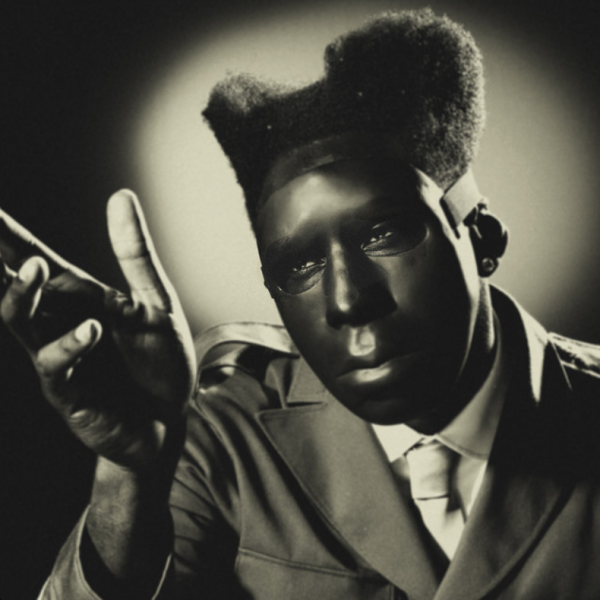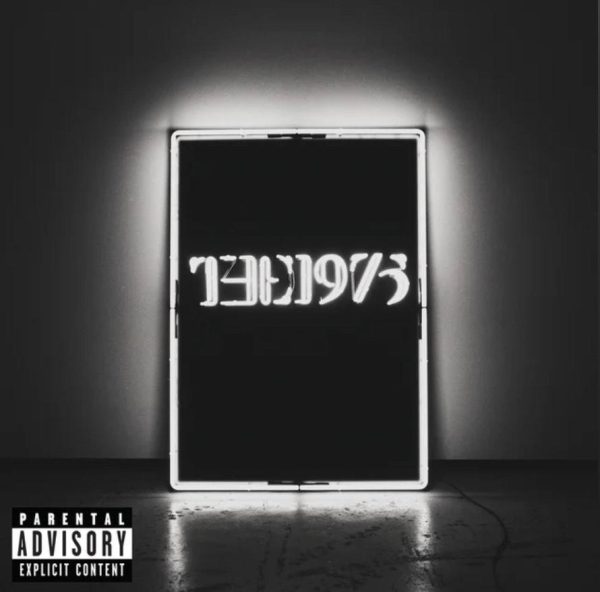The solution to “Blarney Blowout”
The UMass administration, along with many other universities, has been struggling to find a strategic plan for large student gatherings on and off campus. Judging from events like riots in Southwest, Hobart Hoedown and Blarney Blowout, concerns about noise, possible violence and drinking would all need to be addressed. The problem with crowd control is not unique to UMass, yet the school was in the news because of unruly partying and police brutality. The aggressive way the police chose to handle these situations prompted an aggressive response from students.
The biggest difference between last year’s Blarney Blowout celebration and the Homecoming Tailgate is in the attire. The students who dressed in green last spring came together at the beginning of this school year wearing maroon, white and black UMass clothing, and the law enforcement ditched the riot gear and tear gas for their everyday uniforms.
Give students a place to celebrate, and contain the party.
The tailgate had a set location near McGuirk where students, alumni, and families were invited, under the non-forceful supervision of law enforcement, to enjoy alcoholic beverages, games, food and entertainment, and show their love for UMass.
“The school understood the amount of people that would be there and that tailgating was a part of the atmosphere. They gave designated areas where this was allowed, kept it well contained, and made it a fun event like at the big football schools that you see on TV,” said Ryan Collins ’13.
The location limited disturbances to the citizens of Amherst because students weren’t wandering around town looking for parties. Blarney Blowout happened all over town—from Brandywine and the Townhouse Apartments, to East Pleasant Street and Amherst Center. The police weren’t breaking up crowds with chemical munitions and force, either.
“They came in with riot gear, shooting us with pellet guns trying to contain us, while simultaneously pushing us off of the property. They didn’t have a game plan when they broke the party up, and there was no warning. No one knew where to go or what to do,” said Theodora Makris ’16.
Don’t threaten the student body. Invite them to participate on your terms.
Before the Blarney Blowout celebration last spring, Chancellor Subbaswamy sent out an email warning students about the consequences of the “unruly alcohol-fueled behavior” that Blarney is known for. This message informed students who were out of the loop that a massive party was happening, and fueled the fire for older students to party harder.
Everyone on campus knew about the Homecoming Tailgate, however, and they were not informed in a threatening manner. The UMass administration advertised it, encouraged attendance, and set basic rules and guidelines for the event. There were strict times listed for the start and end of the drinking that would be condoned, rules about what types of beverages and games were allowed, and a reminder that the Student Code of Conduct would apply.
A big difference, Ben Tack ’15 said, between the handling of the two events was how “the school embraced the community of coming together, rather than discouraged it at the tailgate. At Blarney, it seemed as if it was us against them, but at the Homecoming tailgate it seemed as if the police were helping us.”
Eliminate or limit guests allowed in the dorms.
The night before Blarney Blowout, A report by Boston Police Commissioner Edward Davis said more than 7,000 registered guests staying in the dorms on campus. More than half of the arrests made at Blarney Blowout were not UMass students—only 21 of the 58 people arrested attended UMass. Limiting the number of people on campus will limit the number of people at the event.
Provide food and entertainment. Create an event that students want to attend.
The UMass administration set up the MinuteFan Way with entertainment, live music, games, food and refreshments, along with tents from different colleges within the University. These activities enhanced the community aspect of the event and encouraged school spirit.
When there is a gathering as large as Blarney, UMass should capitalize on the opportunity to sell food and beverages from affiliated vendors like Baby Berk and Baby Berk 2. An overload of students at the dining hall was noted as a problem that the Blarney Blowout celebration caused last year, and this would help eliminate it.
Blarney Blowout cost more than $200,000 in public safety, consultant fees, and property damage. Imagine the party you could host if you had a $200,000 budget. You could have a fall concert with a notable performer for a cheaper bill. If the administration spent money on creating a fun and sanctioned event, they would save money on tear gas, police force, and damage control.
Don’t talk poorly about our student body. Treat us with respect.
After Blarney Blowout, The Chancellor and other UMass officials went straight to damage control and blamed the students, saying they brought shame upon the university.
The negativity the administration expressed about their students set an example for newscasters, reporters and other public figures. It allowed them to comment on the culture of “ZooMass” and to speak poorly about the student body. Blarney Blowout and the police brutality was covered in countless news sources, like TIME Magazine, WCVB-TV, and the Boston Globe.
“While all of this coverage was going on, I was interviewing for jobs. As a result, I had to answer to many employers and tell them what was going on at UMass. It’s not exactly the type of stigma you want attached to your resume,” said Emily Crocker ’14.
The worst outcome at the tailgate was trash in the parking lot. There were no arrests. There were no riots. There was no violence. There was no national media coverage.
“When the police decided to treat us as young adults rather than children who needed to be controlled, the difference in the atmosphere was incredible,” said Crocker.
We are intellectual, responsible, young adults. We run restaurants and coffee shops, lead RSO’s, raise money for charity, hold peaceful rallies, volunteer, earn degrees, intern, edit magazines and newspapers, live in foreign countries, give legal advice, and we work together to do it.
We deserve a conversation. We deserve collaboration. We deserve to learn from our mistakes and the mistakes of the Amherst Police, UMPD and UMass administration.
“ Whether the administration likes it or not it [Blarney Blowout], will undoubtedly occur. Rather than trying to stop it, they should think about a way to cooperate, to coexist, and to make it a day that people can take away happy memories from. After all, that’s what these annual traditions should be all about,” said Crocker.
All facts in this article are from the report by Boston police commissioner Edward F. Davis about the 2013 Blarney Blowout: A Safer Community through Partnership.
Taylor Gilmore can be reached at [email protected].






